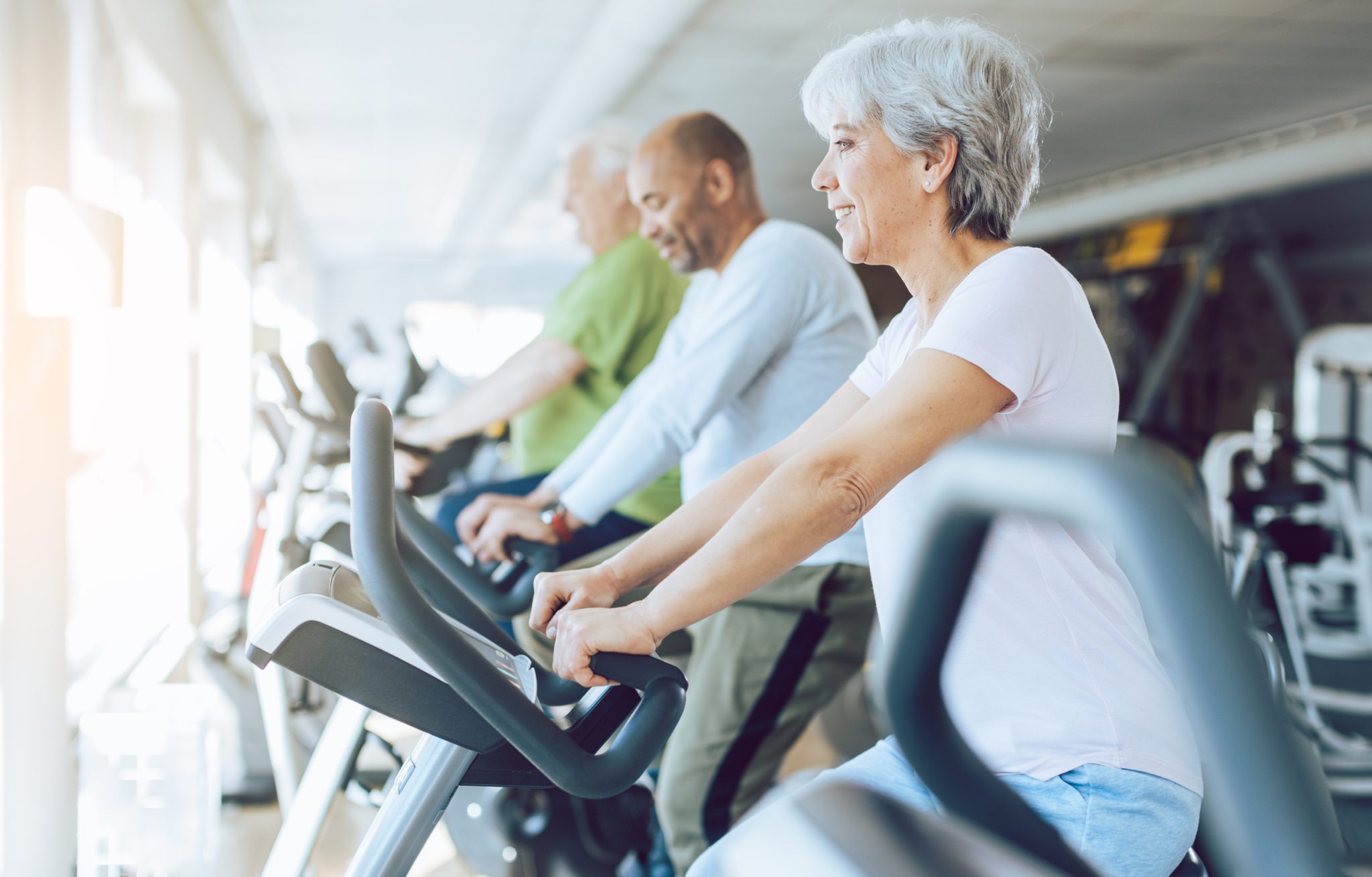You know you need to work out, but wonder how hard you need to exercise and how you can tell if you’re actually becoming more fit. The key is in understanding your different heart rates and what those numbers actually mean.
1. Heart Rate is the average number of times your heart beats per minute. Your heart ‘beats’ when it contracts and pumps blood through your body.
2. Resting Heart Rates indicates your basic overall heart health. The more conditioned you are, the less effort it takes to pump blood through your body and will be reflected in a lower resting heart rate.
To get a resting exercise heart rate, take your pulse after being still for five or more minutes, preferably in the same position you’ll be in during exercise. That is, if you’re going to walk, then stand quietly for five minutes and then note your heart rate.
3. Warm-Up Heart Rate is a heart rate that should be HALFWAY between your resting heart rate and target heart rate. By monitoring your warm-up heart rate, you can assess whether you’ve transitioned properly from rest to exercise with respect to:
- Increased blood flow
- Body temperature
- Oxygen transport
- Metabolism
This will reduce the onset of lack of oxygen (ischemia), chest pain (angina), irregular heart beats (arrhythmias), and other dysfunctions during the conditioning exercise phase.
4. Maximum Heart Rate is the highest number of times your heart contracts in one minute. It can be determined accurately via a graded exercise test, i.e., a stress test on a treadmill, or can be predicted by your age.
5. Target (or Training) Heart Rate Range is the heart rate that is safest and most effective for developing your cardiorespiratory system. Exercise is a rhythmic, continuous and uses large muscle groups.
Not monitoring your training heart rate during exercise is like driving your car without a speedometer.
Your target heart rate is prescribed based on several factors, such as your age, maximum heart rate, current fitness level, health goals, resting heart rate, and the medications you’re taking.

By exercising in your training heart rate zone, you prevent working your heart too hard as well as not hard enough. Your individual training heart rate can change over time based on your physiological response and adaptation to exercise.
Not knowing your training heart rate is like driving without knowing the speed limit.
6. Heart Rate Recovery helps evaluate your overall fitness level. Heart rate recovery is the difference in training heart rate (when you’re sustaining this rate steadily during exercise) and your heart rate taken one minute after stopping.
For example…
- 130 (heart rate during exercise at a steady peak training heart rate) minus 100 (heart rate after stopping) = 30 beats per minute (Heart Rate Recovery)
The faster your heart recovers (or slows down) after exercising indicates a healthier heart.
A study published in the Journal of the American College of Cardiology revealed that heart rate recovery after exercise is a powerful predictor of mortality.
A heart rate recovery of 12 or less beats per minute is considered abnormal (or slowed) and is associated with a poor prognosis. Keep aiming for a higher heart rate recovery number because it’s a sign that you’re becoming more fit. The goal is 30-39 beats per minute.
![]() Karen’s Fit Tip: Heart rate recovery is a guide to exercise progression. Your recovery can also be affected by dehydration or overheating, so be sure to stay hydrated and avoid working out in the hot sun or heat.
Karen’s Fit Tip: Heart rate recovery is a guide to exercise progression. Your recovery can also be affected by dehydration or overheating, so be sure to stay hydrated and avoid working out in the hot sun or heat.


